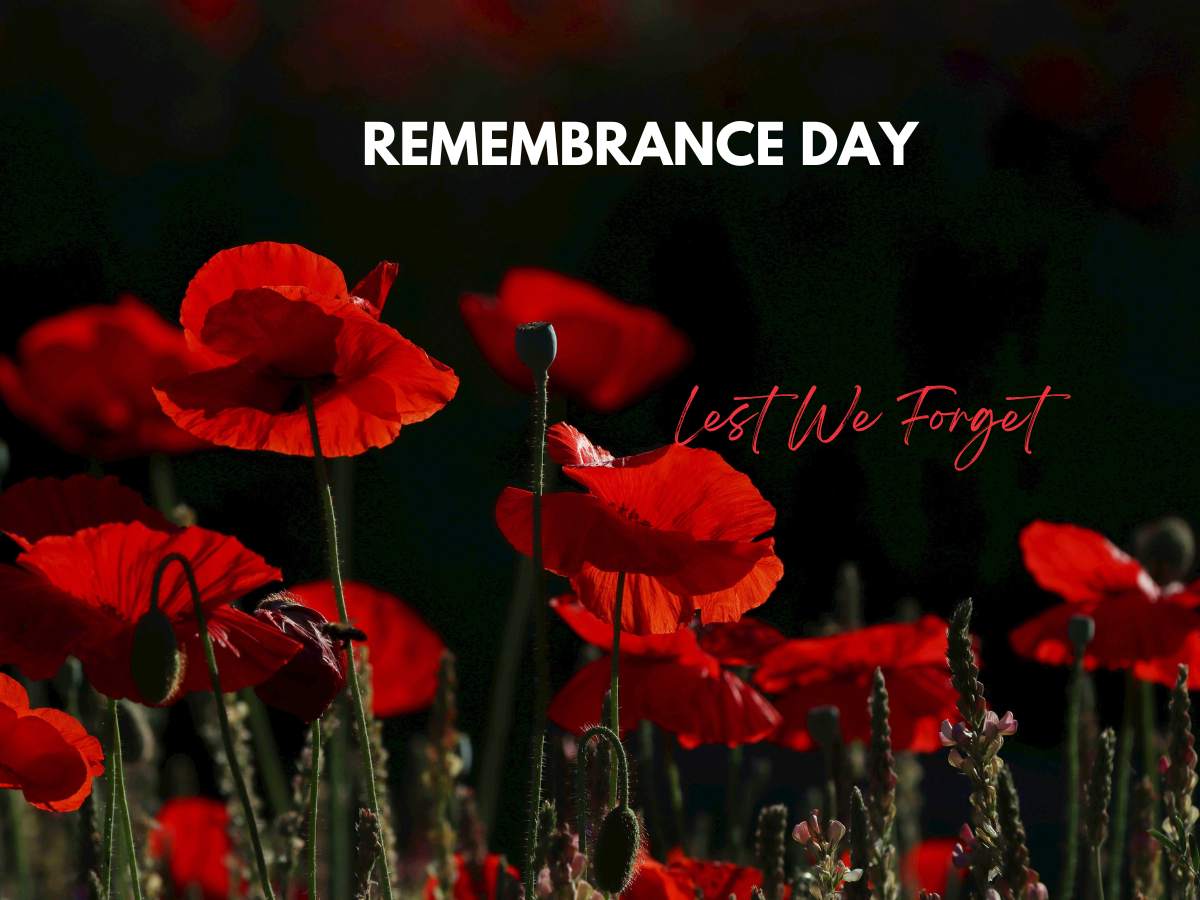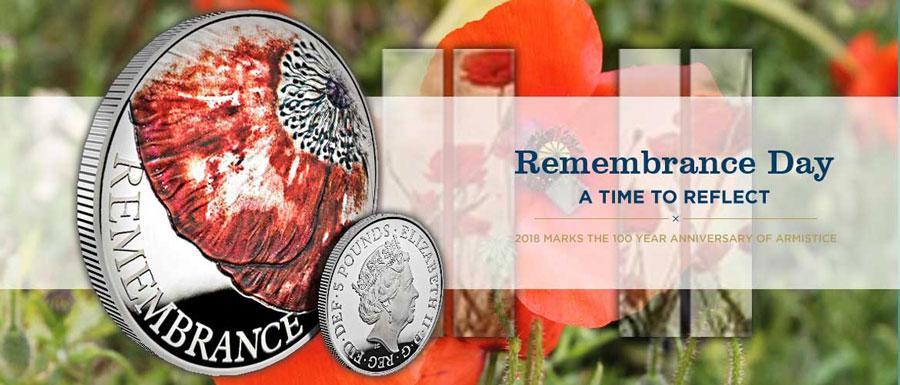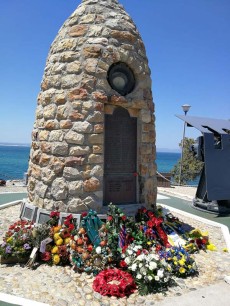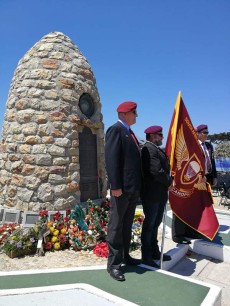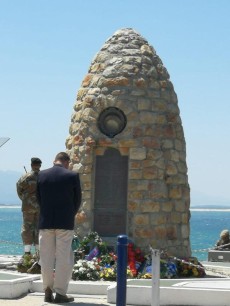Remembrance Day: The Armistice was signed in November 1918, bringing an end to the First World War.
Memorial services, parades and seas of red poppies pay tribute to the soldiers who laid down their lives a century ago. We salute you!
Remembrance started long before the guns of the Western Front fell silent with people marking the loss or absence of loved ones away at war, after more than four years of continuous warfare during the First World War. 100 years later, the personal and political resonances of remembrance still stir strong emotions.

History of the Poppy
During World War I (1914–1918) much of the fighting took place in Western Europe. Previously beautiful countryside was bombed, blasted and fought over, again and again. The landscape quickly turned into fields of mud with barren scenes where little or nothing could grow.
Bright red Flanders poppies (Papaver rhoeas) however, were delicate but resilient flowers and grew in their thousands, flourishing even in the middle of chaos and destruction.
"In Flanders fields, the poppies blow, between the crosses, row on row."
So begins the poem In Flanders Fields'.
In early May 1915, shortly after losing a friend, a Canadian doctor, Lt Col John McCrae was inspired by the sight of poppies to write this now famous poem written during the First World War by John McCrae, a Canadian physician mourning the loss of his fellow soldier and friend. History of the poppy
Frequent Questions and Answers:
What is Remembrance Day?
Remembrance Day (sometimes known informally as Poppy Day) is a memorial day observed in Commonwealth of Nations member states since the end of the First World War to remember the members of their armed forces who have died in the line of duty. Following a tradition inaugurated by King George V in 1919, the day is also marked by war remembrances in many non-Commonwealth countries. Remembrance Day is observed on 11 November in most countries to recall the end of hostilities of World War I on that date in 1918. Hostilities formally ended "at the 11th hour of the 11th day of the 11th month", in accordance with the armistice signed by representatives of Germany and the Entente between 5:12 and 5:20 that morning. ("At the 11th hour" refers to the passing of the 11th hour, or 11:00 am.) The First World War officially ended with the signing of the Treaty of Versailles on 28 June 1919.
The memorial evolved out of Armistice Day, which continues to be marked on the same date. The initial Armistice Day was observed at Buckingham Palace, commencing with King George V hosting a "Banquet in Honour of the President of the French Republic" during the evening hours of 10 November 1919. The first official Armistice Day was subsequently held on the grounds of Buckingham Palace the following morning. Read More - wikipedia
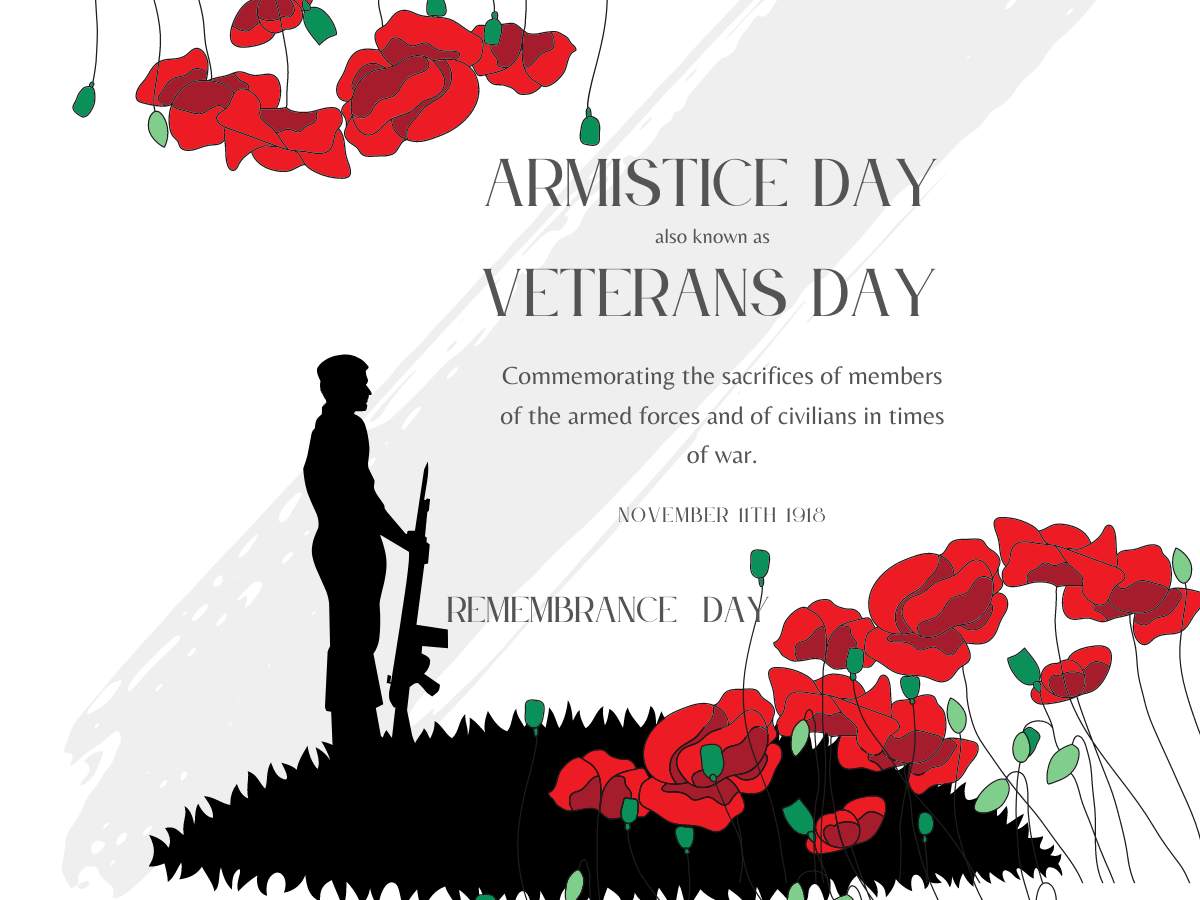
What is Armistice Day?
Remembrance Day is a memorial day observed in Commonwealth of Nations member states since the end of the First World War to remember the members of their armed forces who have died in the line of duty.
What does the red poppy symbolize?
In the spring of 1915, shortly after losing a friend in Ypres, a Canadian doctor, Lieutenant Colonel John McCrae was inspired by the sight of poppies growing in battle-scarred fields to write a now-famous poem called 'In Flanders Fields'. After the First World War, the poppy was adopted as a symbol of Remembrance. Read More
Why do we celebrate Remembrance Day on November 11?
On remembrance day members of the armed forces (soldiers, sailors and airmen) are commemorated. The other common name for this day is Armistice Day which marks the date and time when armies stopped fighting World War I. on November 11th at 11am in 1918 (the eleventh hour of the eleventh day of the eleventh month). Read More
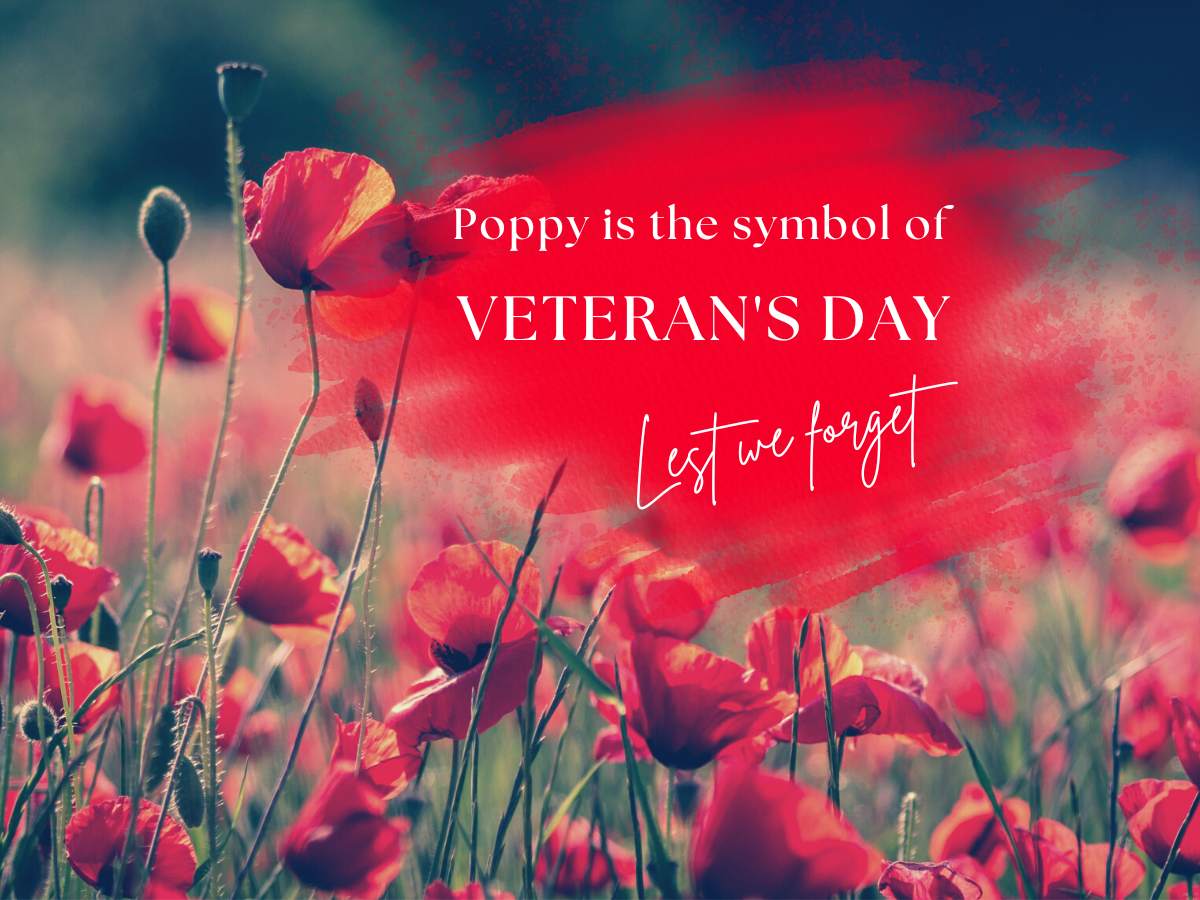
Why is the poppy a symbol of Veterans Day?
The remembrance poppy was inspired by the World War I poem "In Flanders Fields". Its opening lines refer to the many poppies that were the first flowers to grow in the churned-up earth of soldiers' graves in Flanders, a region of Belgium. Read More
What is the significance of November 11?
American troops made significant headway in 1918, rebuffing a German offensive along the western front and moving Allied forces deeper into enemy territory. By November, Germany had had enough. It agreed to a cease-fire, signing the official armistice at 5 a.m. on November 11. The treaty took effect six hours later.
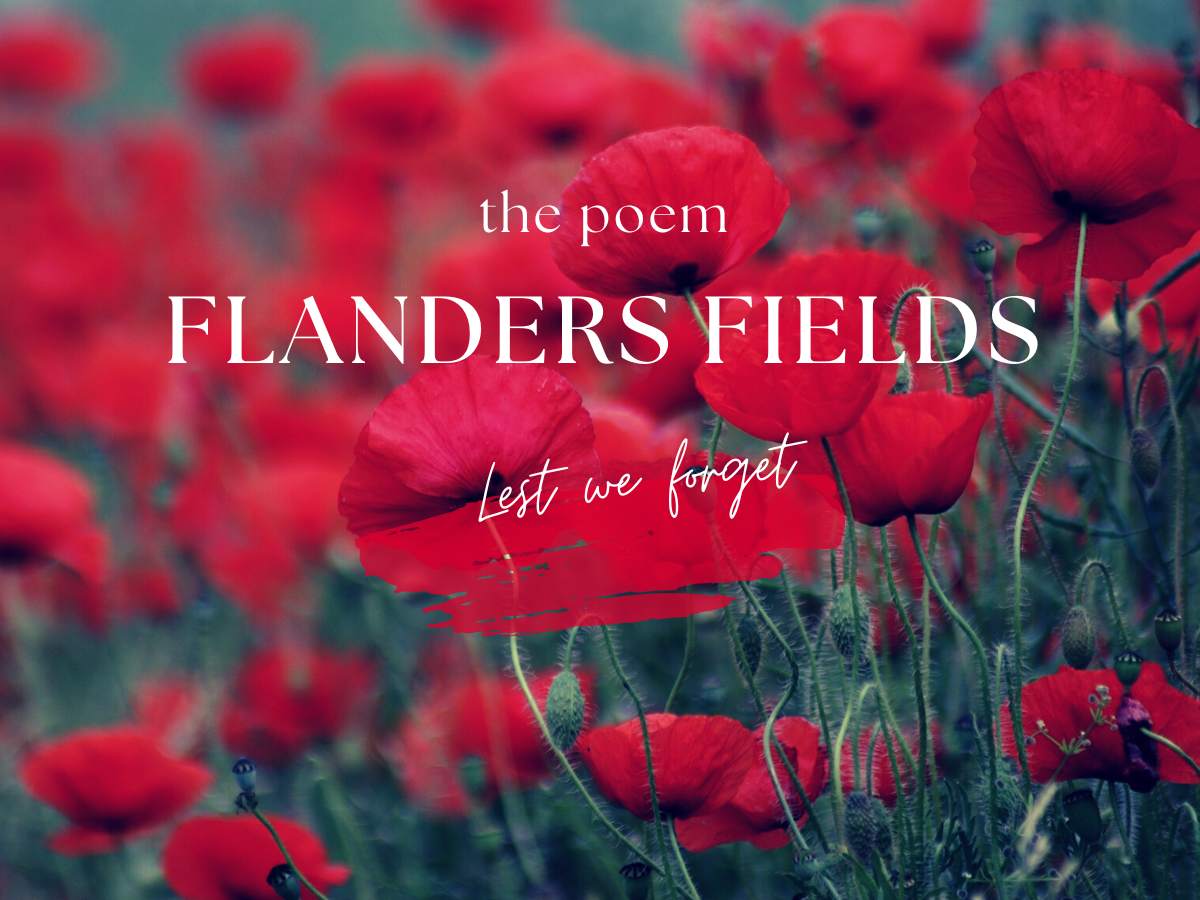
What are the words the poem 'In Flanders Fields?
In Flanders' fields the poppies blow
Between the crosses, row on row,
That mark our place: and in the sky
The larks, still bravely singing, fly
Scarce heard amid the guns below.
We are the dead. Short days ago
We lived, felt dawn, saw sunset glow,
Loved and were loved, and now we lie
In Flanders' fields.
Take up our quarrel with the foe;
To you from failing hands we throw
The torch; be yours to hold it high,
If ye break faith with us who die
We shall not sleep, though poppies grow
In Flanders' Fields.
Hermanus War Memorial

This war memorial in Hermanus was built after World War I, in 1929 in memory of those who died in WW I.
The monument was designed by a Cape Town architect and the gun shells was taken from rock piles in Hermanus. The first plaque bore the names of 11 men of Hermanus who had fallen in the first World War, and the second plaque bears a further 15 names of Hermanus residents who were killed in the Second World War.
The first guns at the monument were two German field guns captured in South West Africa during the First World War. Later they were replaced by naval guns. Being close to the sea, the old guns weathered. The wooden spokes in a wheel casing were falling apart.
Military contributions and casualties in World War I
More than 146,000 whites, 83,000 blacks and 2,500 people of mixed race ("Coloureds") and Asians served in South African military units during the war, including 43,000 in German South-West Africa and 30,000 on the Western Front. An estimated 3,000 South Africans also joined the Royal Flying Corps. The total South African casualties during the war was about 18,600 with over 12,452 killed - more than 4,600 in the European theater alone.
Source
Text:
- Wikipedia Remebrance Day
- In 2018 The Royal British Legion is leading the nation in saying Thank You to all who served, sacrificed and changed our world.
- Remembrance Day Canada 2018
Photos & Images:
- Mariaan Beyleveldt
- Jaydee Media
- Wikipedia
Call us and schedule your listing today! Contact Us
Copyright © 2025 Hermanus Online Magazine. Web Development by Jaydee media.

